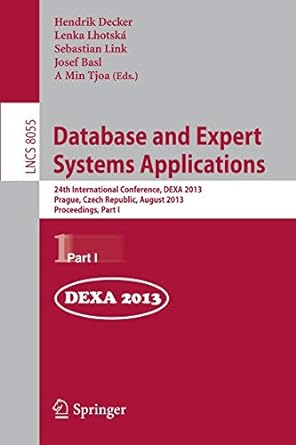Answered step by step
Verified Expert Solution
Question
1 Approved Answer
Periodic compounding The total accumulated value, including the principal sum P, is given by the formula: where: A=P(1+nr)nt (https://en.wikipedia.org/wiki/Compound_interest) - A is the final amount

Step by Step Solution
There are 3 Steps involved in it
Step: 1

Get Instant Access to Expert-Tailored Solutions
See step-by-step solutions with expert insights and AI powered tools for academic success
Step: 2

Step: 3

Ace Your Homework with AI
Get the answers you need in no time with our AI-driven, step-by-step assistance
Get Started


